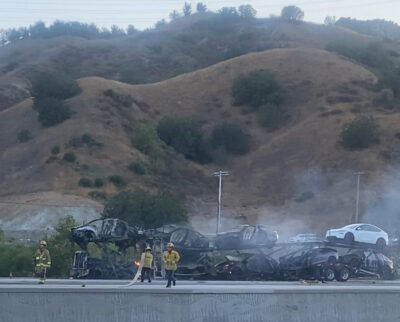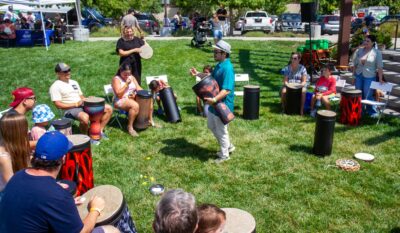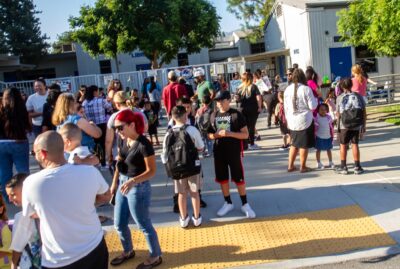What Digit Reflects the Spot Players Play
It’s as Simple as 1-5 (with a nod to six, too)
NBA players have been referred to by their position number for a couple of decades. Certain spots reflect a digit while others reflect other positions. There are five positions in an NBA starting lineup: Center, Power Forward, Small Forward, Shooting Guard, and Point Guard. Each basketball position has been assigned a number – not by the league – but by those covering it and the nomenclature caught on in a big way. A look at the numbers game and some of the best there have been at each slot.
1 Stands For Point Guard
The point guard is the quarterback or maestro of the offense. He or she is the one who directs the offense, looking to set up plays and dish the basketball to whomever is open. One can consider the point guard role as a coach on the court. He is the director while others produce points off the plays made by the point guard.
Some of the best point guards in NBA history are familiar names to one and all: Isiah Thomas of the Detroit Pistons, Steph Curry of the Golden State Warriors, Oscar Robertson, and Magic Johnson.
Some of these players were triple-double machines, others focused on passing the ball as much as scoring. They understood/understand their roles and know what it takes to make a team’s offense tick. Teams that lack star point guards will likely have trouble being successful. The position is that critical.
2 Stands for Shooting Guard
The off-guard, or shooting guard, is the player who shares the backcourt with the point guard. Their role is different as they are responsible for offense and in some cases a lot of it. This player needs to be adept at shooting 3-pointers, and mid-range jump shots, have the ability to drive to the basket, and also look to find open teammates. In many instances, the shooting guard will also have to exhibit ball-handling skills should opponents decide to press the point guard. It is a necessary skill for a shooting guard to have the ability to handle. You may not be the primary ball-handler but it is a part of your role.
Among the best shooting guards in NBA history are: Michael Jordan (although he could do everything), George Gervin, Kobe Bryant, and Clyde Drexler among others. These players have a gifted shooting touch and also are capable of playing many other roles in an offense. When looking for a clutch basket, don’t be surprised to see the ball in the hands of a shooting guard.
3 Stands for Small Forward
The small forward is a basketball position that is often associated with being a scorer. The player is able to drive to the hoop for baskets while also possessing a deft touch from mid-range and outside the arc. The small forward name has become a misnomer through the years as taller and taller players are filling the role. As NBA and college basketball have evolved, players in the small forward role have grown in stature and height.
Some of the best: A perfect example is LeBron James. He can play any position and can do everything. Bring the ball up, shoot from inside and outside the arc and the paint. He is a hybrid in many ways as are other great small forwards. A perfect example of how small forward is a weird term now is Kevin Durant. The Phoenix Suns star fills the role but he is 6-foot-11. Other greats who played small forward are Elgin Baylor, Julius Erving, Larry Bird and Rick Barry.
4 Stands for Power Forward
The power forward is associated with a player who is physical, think brute force. They can score the basketball but also are responsible for laying down the law in the paint and other spots on the court. A power forward will intimidate and set the tone for teams on both ends of the court. You don’t want to challenge them when it comes to driving or battling for rebounds.
Some of the best power forwards of all time are: Karl Malone, Charles Barkley, Kevin McHale, Kevin Garnett, and others. Challenge them at your own risk.
5 Stands for Center
The NBA player roles for centers are multi-faceted. They are expected to control the pain, collect rebounds, score the basketball, and provide defense. The best of the best can do everything. However, some specialize in defense when their team has a potent offense. They are considered an absolute force on the court and are there to deny opponents from getting layups and scoring inside. The center makes a player think twice on both ends of the basketball court. You don’t want to get in their way when they have a full head of steam driving for a hoop, and you certainly don’t want to challenge them for fear of getting your shot swatted. For those interested in wagering on how these positional matchups play out, you can find NBA 1st half lines and full game odds at BetUS.
Some of the best are: Wilt Chamberlain, Bill Russell, Hakeem Olajuwon, Shaquille O’Neal, Kareem Abdul-Jabbar, and Moses Malone. All Hall of Famers.
6 is for Sixth Man
While the position isn’t technically associated with a number, the sixth man is a player who comes off the bench to provide a spark. One of the best was Vinnie Johnson for the Detroit Pistons. He was an instant offense. Others to remember are Michael Cooper, Robert Horry, Lou Williams, and Detlef Schrempf.






